From large and fierce to tiny and adorable, there is a lot of wildlife roaming free in the vast wilderness of Glacier National Park. Because the ecosystems here are so diverse—ranging from the high alpine to lowland prairies—the diversity is quite astounding. Here are some of the most recognized mammal species found in Glacier:
1. Grizzly bear. When many people think of Glacier, they think of bears. There are populations of both black and grizzlies here, including the core of one of the largest remaining grizzly bear populations in the Lower 48 states.
Fun Fact: Grizzly bears have a superb memory and intellect. They've been witnessed covering their own tracks to deter human hunters and can remember locations of abundant food sources, even if it’s been over 10 years since they’ve been there!
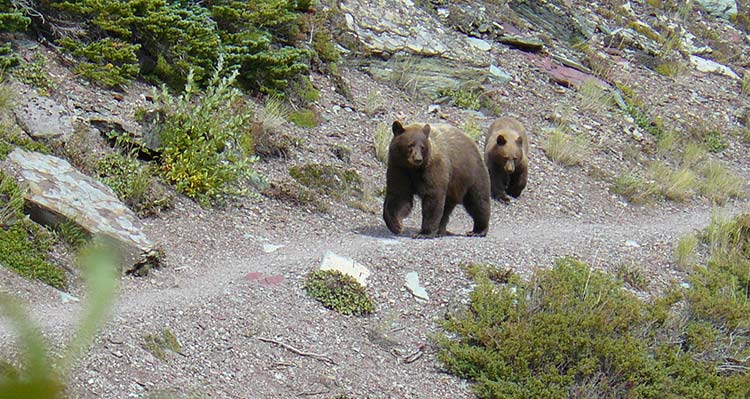
2. Mountain goat. Perhaps the most iconic animal to see here is the mountain goat, clinging to a cliff near Logan Pass. With two layers of wool on their coat and cloven hooves designed for steep slopes, they're ideally suited to this rocky terrain.
Fun Fact: Both male and female mountain goats start growing horns at the age of two and each ring can be counted like a tree to determine their age.
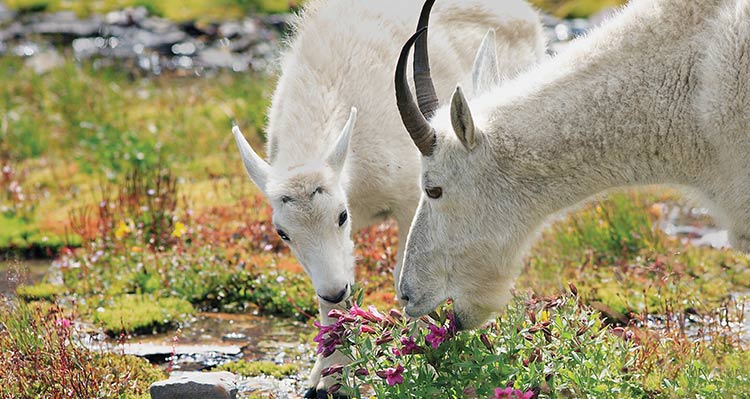
3. Bighorn sheep. Rocky Mountain bighorn sheep live in alpine meadows and grassy mountain slopes. They usually travel in flocks and are remarkably agile at climbing and running, considering their horns can weigh up to 30 pounds!
Fun Fact: Speeds of close to 30 mph (50 km/h) can be reached by Big Horn Sheep and they can jump nearly 20 feet (6 meters) between cliffs.
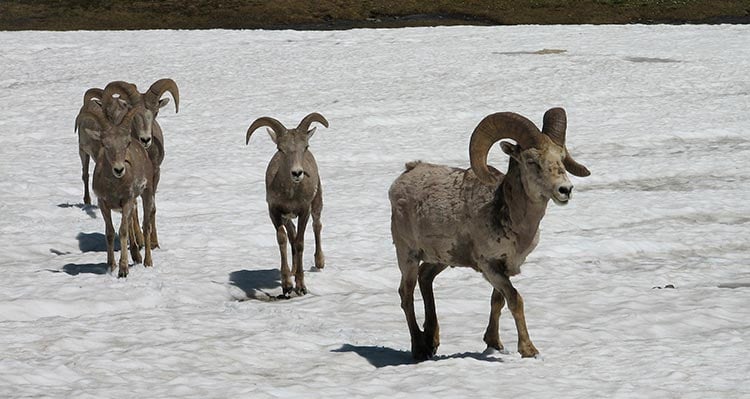
4. Coyote. It's not uncommon to spot a coyote, especially on the eastern side of Glacier National Park. They roam grasslands and prairies, particularly at dawn.
Fun Fact: Hybrids exist of coyotes between dogs known as ‘coywolves’ or ‘coydogs’ and there even exists a band of ‘snow coyotes’ in Newfoundland that are pure white, believed to have mated with a golden retriever.
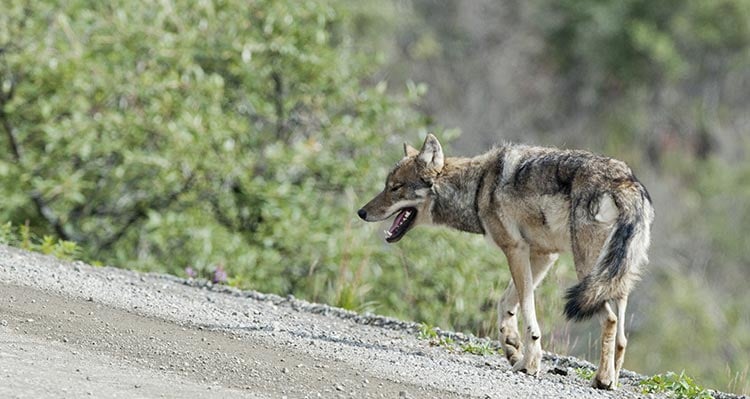
5. Beaver. With their webbed hind feet and sharp teeth for chewing wood, beaver continue to make their mark throughout the park. Spot them at Lower McDonald Creek.
Fun Fact: Like the taste of vanilla? Beavers secrete a molasses-like goo that is an FDA approved natural flavoring that is similar to the smell and taste of vanilla.
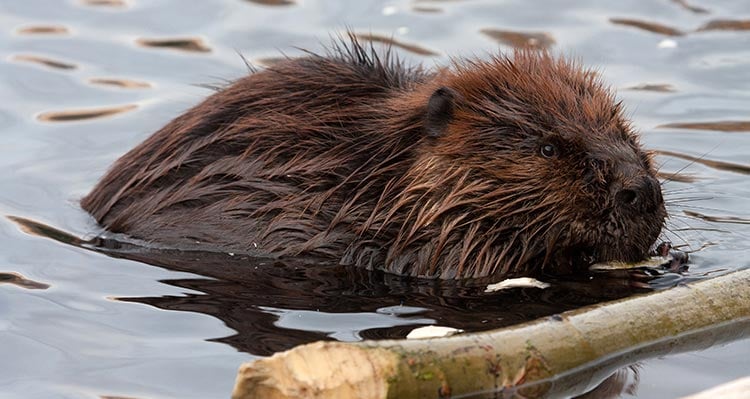
6. Pika. It's tough to spot these adorable and tiny mammals who live in the alpine zone. But you can often hear them! They have distinctive high calls or whistles that can echo through the peaks.
Fun Fact: Pikas are planners. Because they don’t hibernate, they contribute to a ‘haypile’ underground, like preppers with a bunker, and use that dried vegetation to eat during winter.
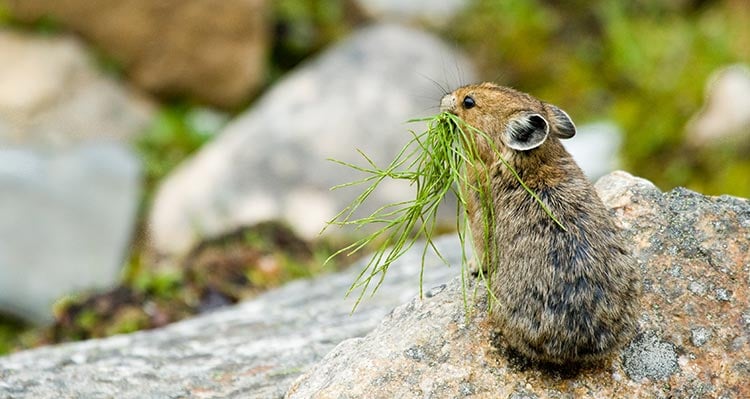
Your chances of spotting some wildlife during your visit to Glacier National Park will be improved if you follow some simple tips: